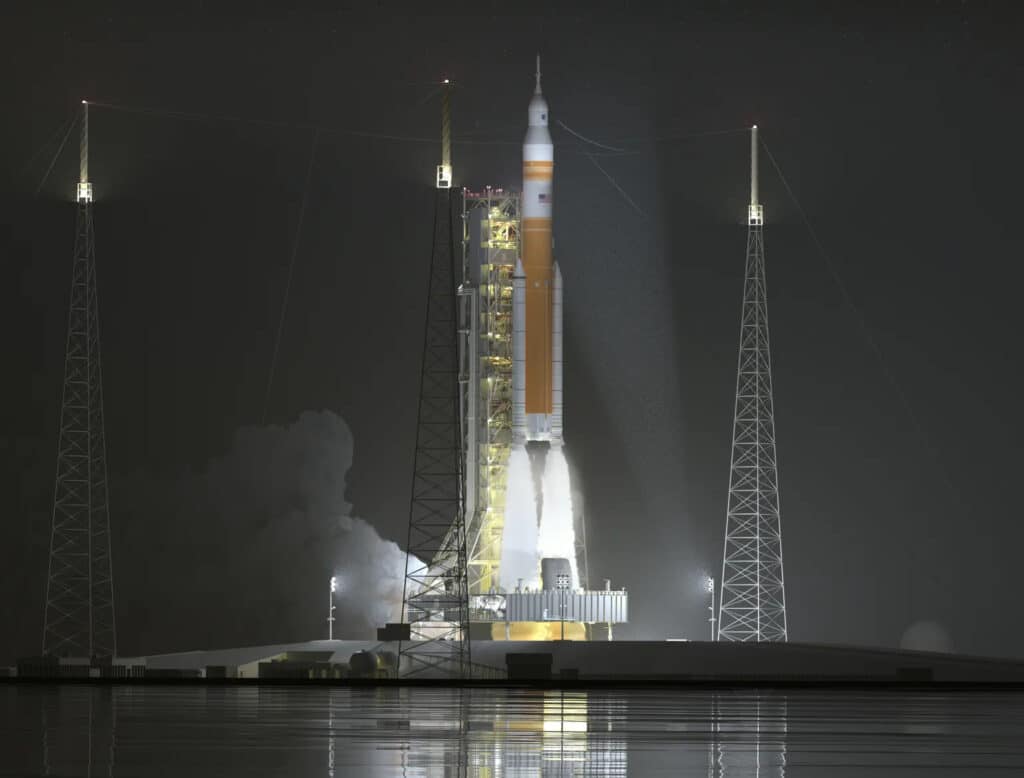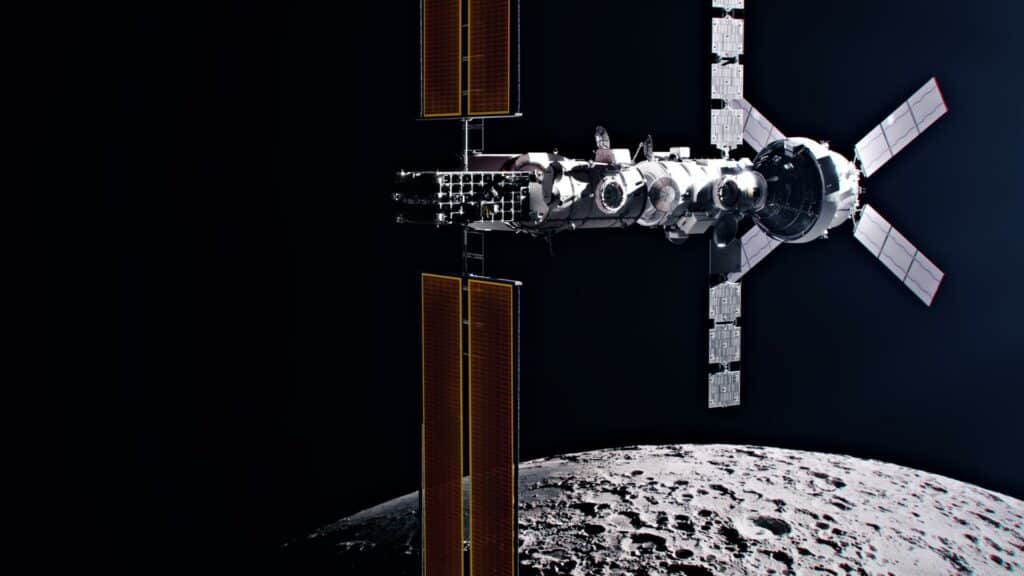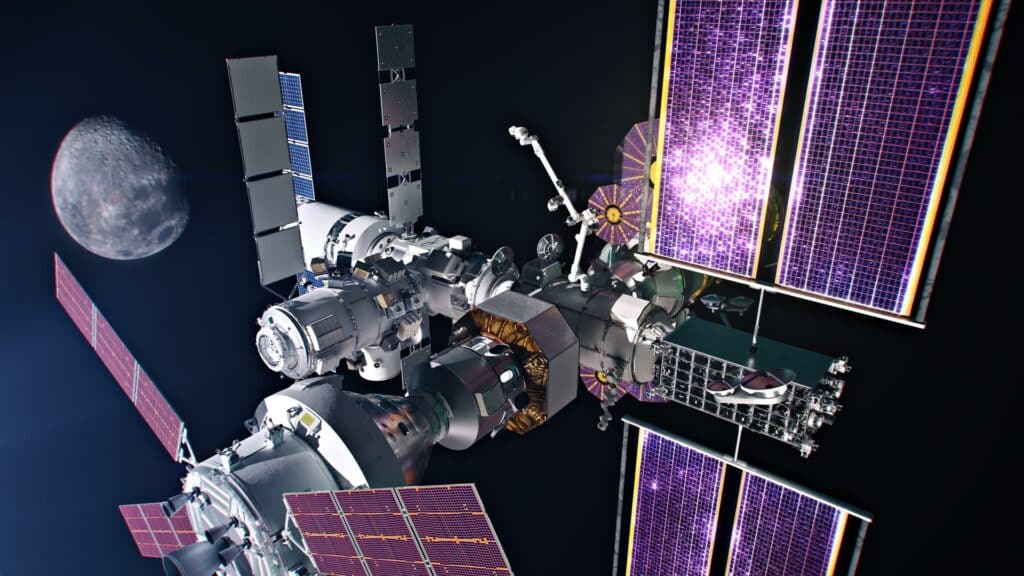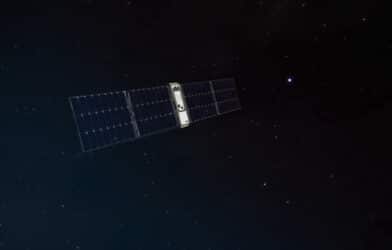NASA is gearing up for its groundbreaking Artemis IV mission, which will mark a significant milestone in the agency’s quest to establish a long-term human presence on the Moon. Building upon the success of the upcoming Artemis III mission, which will land the first astronauts near the lunar South Pole, Artemis IV will take things to the next level by having astronauts live and work in humanity’s first lunar space station, Gateway.
The Artemis missions are not just about revisiting the Moon — they aim to accelerate scientific research and prepare for future human missions to Mars. Gateway, a collaborative effort between NASA and its international and commercial partners, will serve as a critical hub for these endeavors, according to a media release.

Gateway’s unique oval-shaped orbit will provide unparalleled access to both the North and South Pole regions of the Moon, offering a perfect balance between surface accessibility and fuel efficiency. This strategic positioning will also allow for stunning views of the Earth, Moon, Sun, and deep space, providing scientists with invaluable opportunities to study heliophysics, human health, and life sciences.
Before the Artemis IV crew arrives at Gateway, several key components will be launched and assembled in lunar orbit. The Power and Propulsion Element (PPE) built by Maxar and the Habitation and Logistics Outpost (HALO) built by Northrop Grumman will be the first modules to be connected and launched aboard a SpaceX Falcon Heavy rocket. These elements will embark on a year-long journey to lunar orbit, utilizing advanced solar-electric propulsion and the gravitational pull of the Earth, Moon, and Sun to reach their destination.
Once Gateway is established in lunar orbit, it will await the arrival of the Artemis IV crew and the International Habitation module (I-Hab) provided by the European Space Agency (ESA). I-Hab will expand the living and working space for the astronauts, allowing them to conduct groundbreaking science and prepare for their lunar surface missions. The Japanese Space Agency (JAXA) will provide critical life support systems for I-Hab, enabling longer stays aboard Gateway.
Two additional spacecraft will be pre-positioned prior to the crew’s launch: SpaceX’s Starship Human Landing System, carrying the next-generation spacesuits for moonwalks, and the SpaceX Dragon XL logistics module, carrying science experiments and other essential supplies.
The Artemis IV crew will launch from Kennedy Space Center in Florida aboard NASA’s Orion spacecraft, propelled by an upgraded version of the Space Launch System (SLS) rocket. The Block 1B SLS will boast increased payload capacity and a more powerful upper stage, allowing it to send both the crew and the I-Hab module to the Moon in a single launch.
Upon reaching lunar orbit, Orion will act as a spacefaring tugboat, maneuvering I-Hab into position and docking it with Gateway’s HALO module. Astronauts will then enter the lunar space station, fully activate its systems, and prepare for their work on the Moon.
Two crew members will descend to the lunar surface aboard Starship for a six-day expedition, while the other two remain on Gateway to continue setup, conduct research, and monitor surface activities. The surface crew will perform several moonwalks, conducting field geology, deploying instruments, and collecting samples that will help us better understand the history of our solar system.

After completing their surface missions, astronauts will return to Gateway, reunite with their crewmates, and prepare for the journey back to Earth aboard Orion. Before departing, they will transfer scientific samples to Orion and ready Gateway for autonomous operation until the next mission.
The Artemis IV mission represents a crucial step in NASA’s ambitious plans to establish a long-term human presence on the Moon and eventually send astronauts to Mars. By collaborating with international and commercial partners, NASA is paving the way for a new era of scientific discovery and technological innovation in space exploration.












